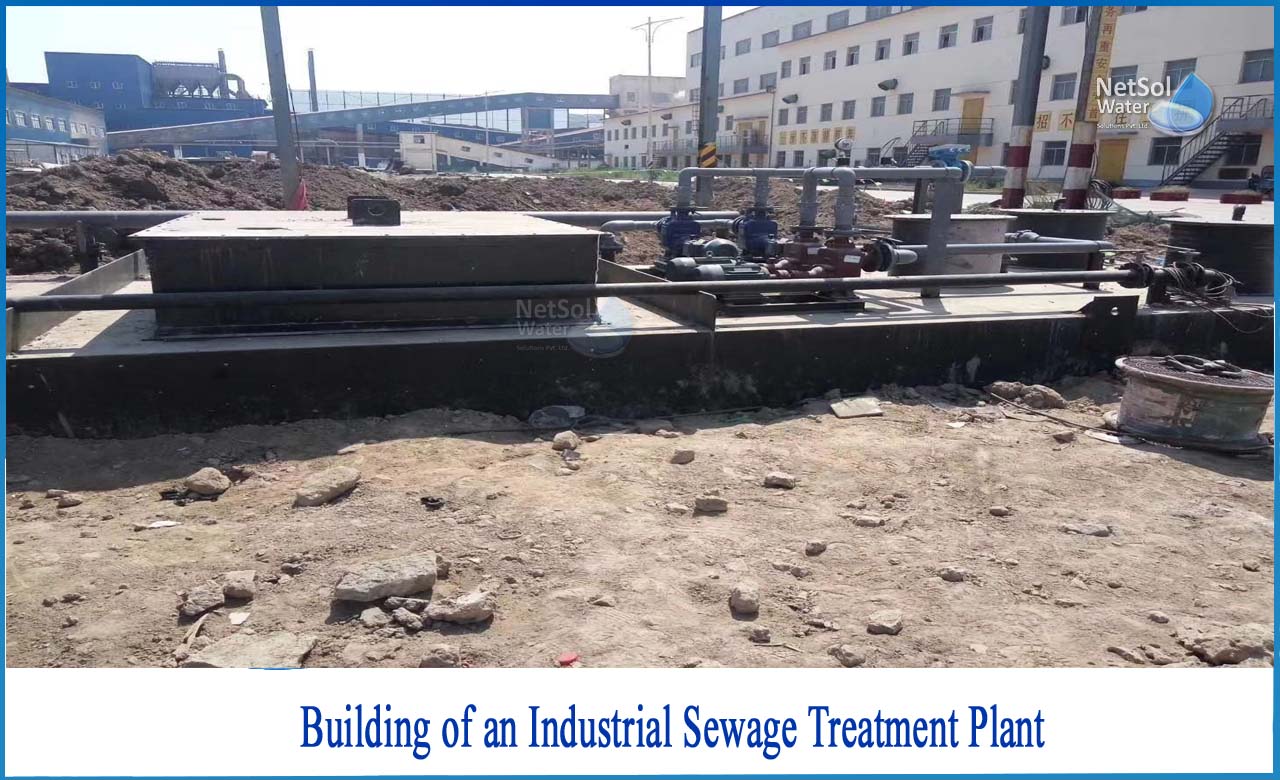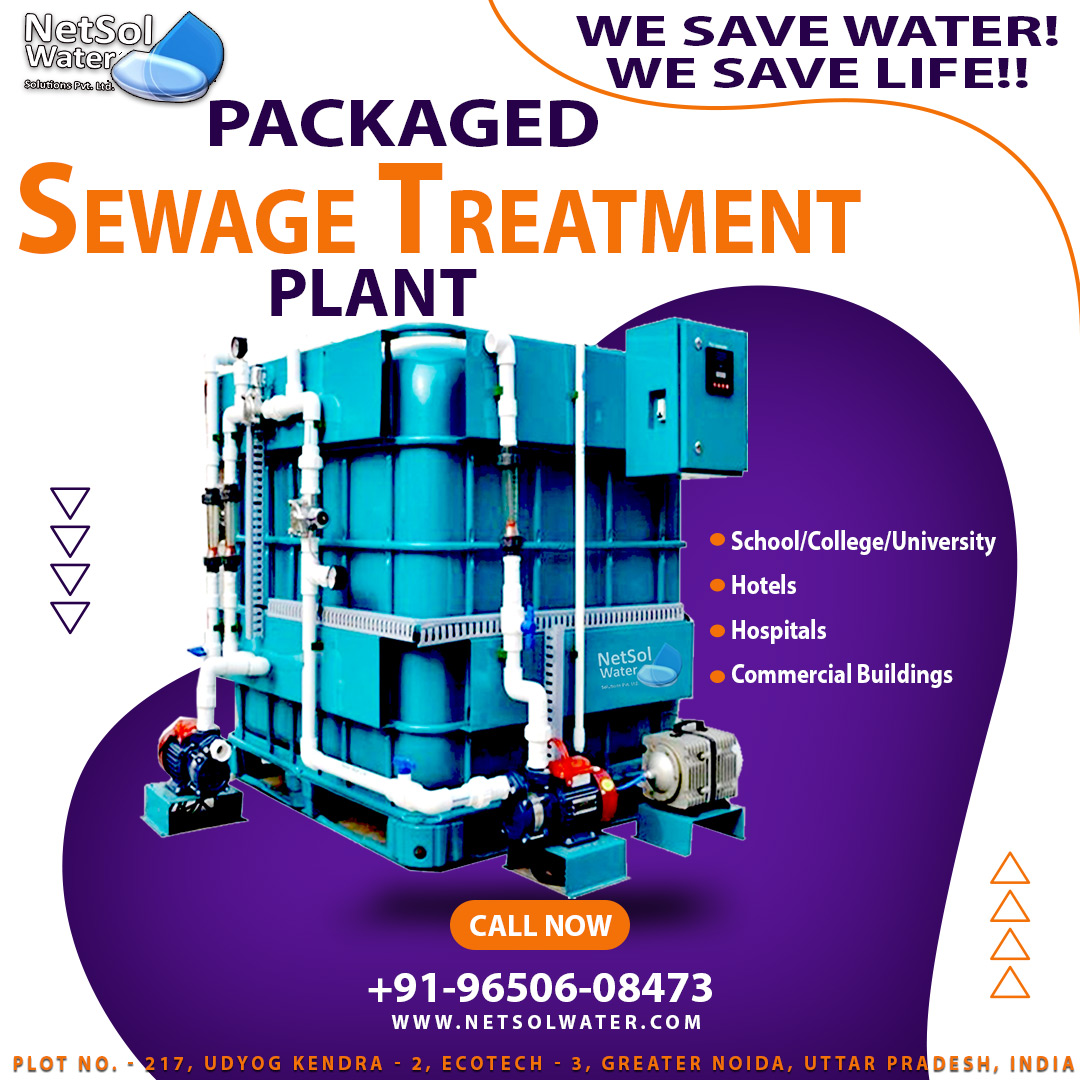What is Sewage Treatment Plant?
Sewage treatment eliminates pollutants from sewage to produce an effluent that can be discharged to the environment or reused, preventing water pollution from raw sewage discharges. Sewage is made up of domestic and commercial wastewater, as well as perhaps pre-treated industrial waste. There are a variety of sewage treatment methods to choose from. These systems can be decentralised or largely centralised, with a network of pipes and pump stations transporting sewage to a treatment plant. In towns with a combined sewer, the sewers can also transport urban runoff to the sewage treatment facility.
Sewage treatment usually consists of two stages: primary and secondary treatment, with a tertiary treatment stage that includes polishing operations and nutrient removal included in advanced treatment. Using aerobic or anaerobic biological processes, secondary treatment can remove organic waste in sewage.
How to build of a Industrial Sewage Treatment Plant?
To construct an industrial sewage treatment plant, it is necessary to first define industrial sewage. It's wastewater from a manufacturing facility.
Wastewater treatment plants deal with a variety of waste streams. Domestic sewage consists of residential toilet water as well as greywater from homes and flats. There's storm sewage, which is rainwater and snowmelt that drains into street drains. Finally, there's industrial sewage, which is wastewater from industries and manufacturing plants.
Chemical and contaminant levels in industrial sewage are often higher than in-home sewage or storm runoff. It could be wastewater produced during the manufacturing of batteries, the refining of petroleum, or the production of paper in paper mills. This type of wastewater must be managed properly in order for it to be safe to return to bodies of water or to be reused in enterprises that use the water.
Heavy metals, food waste, inorganic elements like rubber and metal shavings, microplastics, radionuclides, and a variety of toxins are frequently found in industrial effluent. As a result, you must handle it with care. None of these substances should be returned to drinking water storage tanks, rivers, lakes, or other bodies of water. The treatment facility must be built to handle industrial sewage.
Many home sewage treatment systems are not prepared to manage industrial effluent. It makes it more difficult to treat the water properly and destroys equipment’s, resulting in costly repairs and downtime. A business owner in the industrial sector must consider the influence on the local wastewater district. As a result, businesses are considering constructing their own onsite treatment plants to purify water before it is discharged into the sewer system.
Purpose of a Sewage Treatment Plant
The overall purpose of sewage treatment is to produce effluent that can be discharged into the environment with little water contamination or that may be reused in a useful manner. This is performed by removing contaminants from the sewage.
The transformation of dissolved and particulate biodegradable components into acceptable end products, as well as the transformation and removal of nutrients, the removal or inactivation of pathogenic organisms, and the removal of specific trace organic constituents, are all treatment objectives for biological sewage treatment.
Some types of sewage treatment produce sludge, which can be processed before being safely disposed of or reused. Processed sewage sludge is sometimes referred to as "biosolids," and it can be used as a fertiliser.




